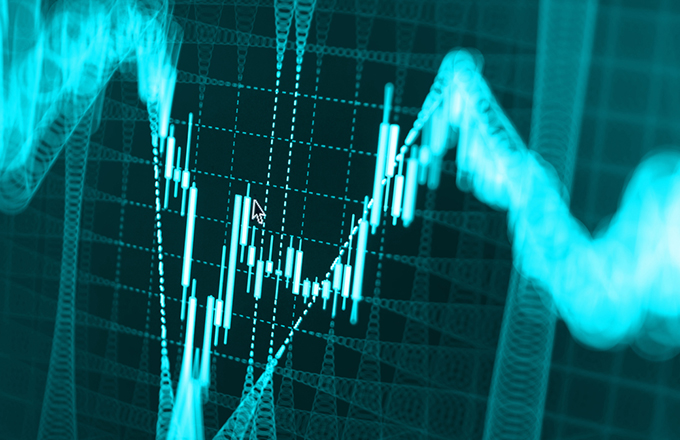Regarding the Russell 2000, “One reason for the index’s weakness is the financials, which have lagged recently, and comprise about a quarter of the Russell, as compared to about 15 percent of the S&P,” reports CNBC.
Small-caps, though, can still navigate through a slowly rising rate environment. Smaller companies, which focus on U.S. markets, are less exposed to a stronger U.S. dollar as rates rise, which would more negatively affect larger corporations with a global footprint. Additionally, periods of rising rates also coincide with expanding economies, which often benefit smaller companies.
SEE MORE: ETFs In 2016: Large Cap vs. Small Cap
Additionally, merger and acquisition activity can continue to pick up ahead, with larger companies seeking to expand by purchasing smaller businesses to complement or expand their markets. Larger firms may be more apt to engage in M&A activity now, especially with interest rates and financing costs near historical lows.
“The divergence, or the momentum, has been lost,” Todd Gordon, founder of TradingAnalysis.com, said Tuesday on “Trading Nation,” pointing to a chart of the relative strength indicator, which is making “lower highs” relative to the Russell 2000,” reports CNBC.
Tom Lydon’s clients own shares of IWM.
